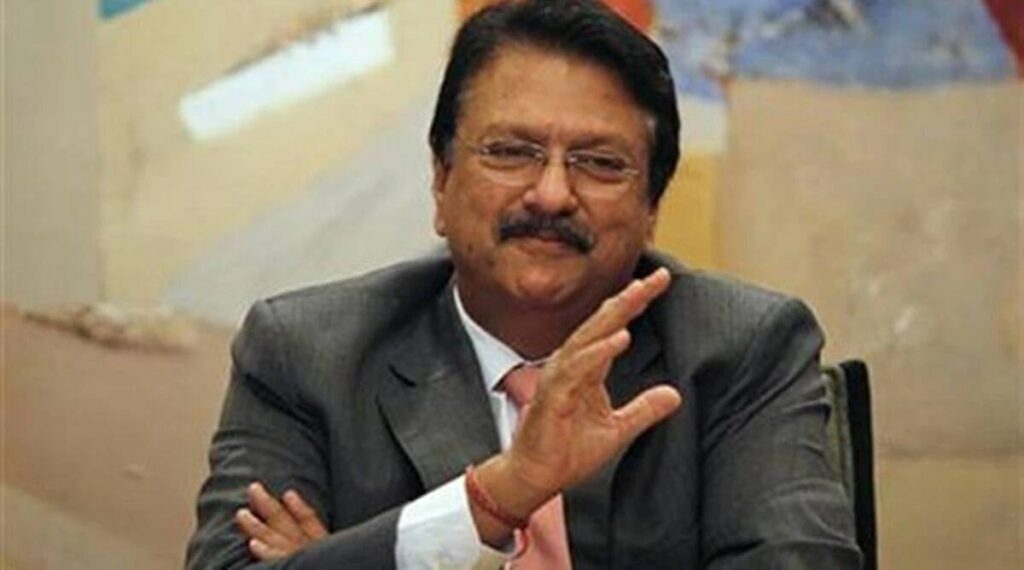Credit growth should be around 16-18% in order for India to grow at 8% rate to reach the $10 trillion economy target by 2030, said Ajay Piramal, Chairman, Piramal Group in his address at the FE Modern BFSI Summit. “If we have a plan to reach $10 trillion by 2030 or wherever it is, I think growth is really important. Today, if one has to grow at 8% as real growth, then the growth in the financial sector has to be at least 16-18%,” he said.
If you see the numbers in the last few years, it has been just about 9% credit growth. While RBI guv said that credit growth has risen to 12% in the last 3 or 4 months, it is not going to be enough to fuel the growth aspirations that the country has. More banks, NBFCs needed to boost growth Talking about how more and more of credit can be spread to the economy, Piramal highlighted that private debt-to-GDP is just about 54% in India.
Whereas in China, it is somewhere around 190%. “These are the growth engines that are there, but we are not doing that. We will have to have many more banks and NBFCs in the country.
Today, India for its size of population and economy, has just 45 banks, where the US has 4,500 banks. This is not sustainable which is why we need to look at how we can give more banking or how we can make it more attractive for people to join in the sector,” Piramal said. The last banking licence was given in 2015 and since then there has been no On-tap licensing which is a concern that has to be recognised, he added.
The sector will have to encourage more and more NBFCs, and encourage NBFC, which are well regulated and are well capitalised, to get a public deposit taking licence. The other challenge in the economy is the cost of funds which is higher than in most other countries. “The real cost of funding is very high and because banks and NBFCs would lend to A rated companies, at the most B-, others are now paying a very high cost.
That’s why you find global funds coming in India and seeing 20%, 25% rate of interest. If this is the interest rate being charged, the economy is becoming weaker and a lot of funding is going abroad. Respect abroad for how India handled Covid, managed growth Piramal mentioned that in 2020, there was a lot of gloom about what India was going to do about Covid.
There was criticism as well regarding India not giving enough financial assistance. However, over in the US and Europe, there is actually respect for what India did during this period. In some ways, it has given an opportunity for India to stand up on its own whether it was the way pandemic was handled on the health or vaccination side or how the growth and liquidity was managed during this time.
India in stronger position that most others Talking about recession, Piramal said that when people talk about recession, they mean that the growth rate which was positive is going into negative territory. So when recession is talked about in the US or UK or Europe, they mean negative growth. However, when recession is talked about in India, it means growth rate growing from 8% to say 6% or 4%, which is not really recession but just growth rate coming down and this is really important.
He further emphasised that in many many years, this is the first time when inflation in India at 7% is lower than inflation in the US which is at 8% or UK at 9%, meaning India is actually in a stronger position than most are. Concluding his address, Piramal said India today is in a very much stronger position with the strength of banks and NPAs coming down. “We have strengthened globally as well because of the reputation that we as government, the regulator and business has had in the last few years and this is the best time for us to grow further and for that to do we need a much more supportive financial system where more credit can be given without unnecessary risk,” Piramal said.
.
From: financialexpress
URL: https://www.financialexpress.com/industry/banking-finance/financial-sector-growth-has-to-be-16-18-for-india-to-become-10-trillion-economy-by-2030-says-ajay-piramal/2564217/
